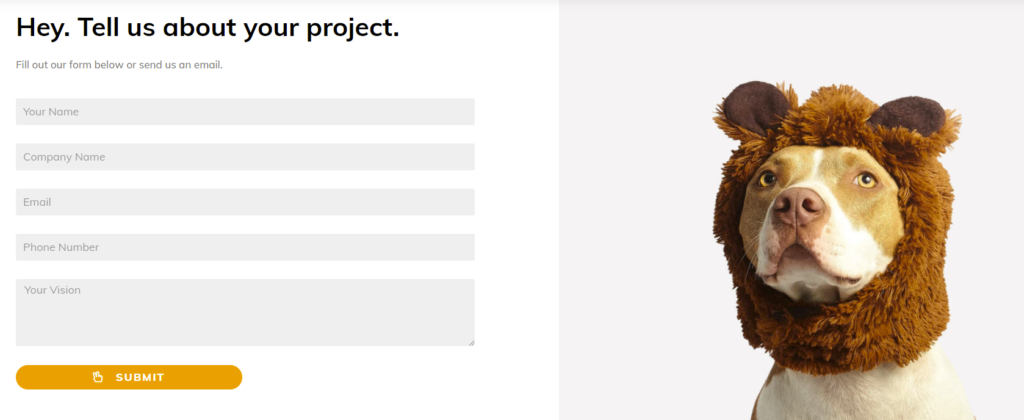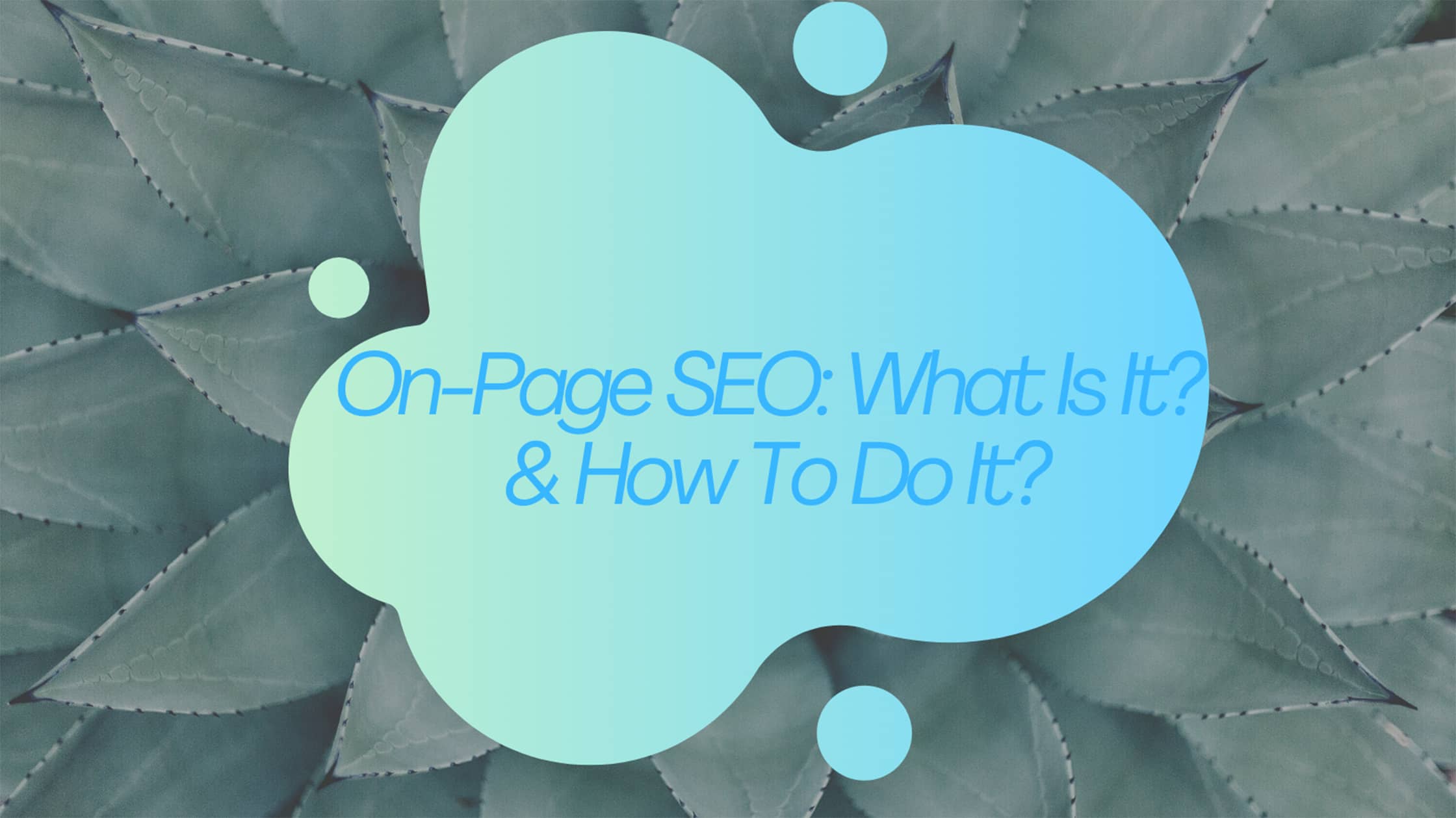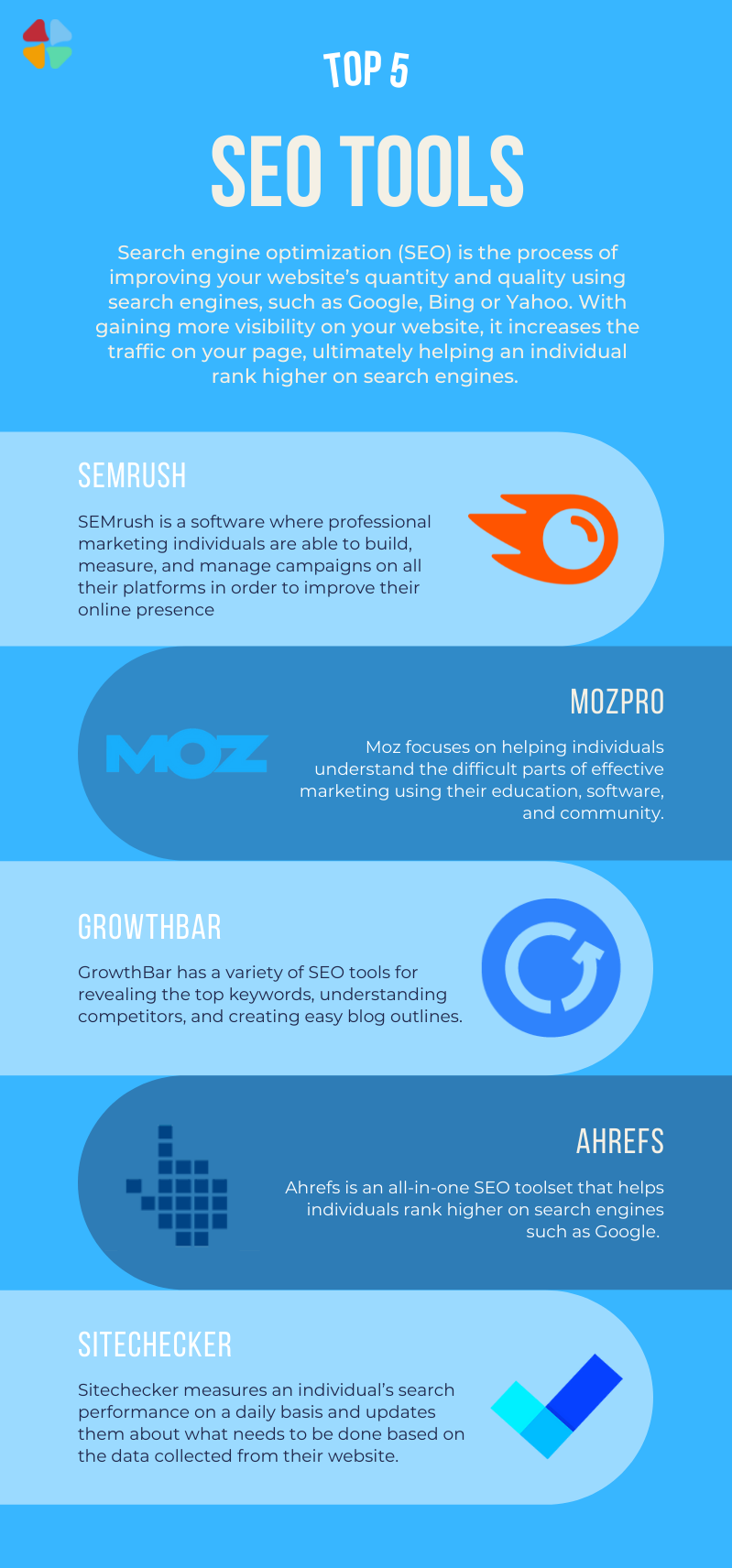What is on-page SEO?
If you’re reading this blog. You most likely know what SEO is. On-page SEO is a part of it and it is as the name suggests. It’s about optimizing your webpage for the contents which are visible on-page. SEO efforts that occur off-page are different examples of creating backlinks.
Why is it important?
There are certain guidelines to follow when you want to rank high in search engine results. For this to happen Google has provided information about a list of tasks to perform to do so, on-page & off-page. On-page SEO is important for your website to show up in search results, which in turn helps your business reach more people & generate leads to be successful in the industry.
These are some best practices to follow when it comes to on-page SEO,
Content writing
Before you start writing content, you must create a content strategy. It is very important to understand your customer to serve them better. To do so, you will have to understand their problems, their search queries & thorough keyword research. Based on this you will be able to successfully create content around the topics relevant to your customer. This will help your business build trust & authority with your customers.
It is important to understand relevancy to be successful with on-page SEO. Once you establish relevancy with your audience you can focus on the next steps while writing content.
Based on your content strategy you will have certain keywords to focus on. Your focus keyword for any type of content should flow naturally. Google is smarter now; keyword stuffing is a red flag for search engines. To have an effective on-page SEO according to Brian Dean from Backlinko, you must, include a keyword in your title, 3-7 keyword repetition (based on the length of the content), keyword in at least one subheading, keyword in the first 100 words & a natural placement of the keyword cannot be ignored.
Original contentis important to rank better according to google. The more unique content you write, it will differentiate you from others and will help you add ‘value’ for the readers, from Google’s point of view.

Then you have focus on building links while creating content. You should include internal as well as external links. Internal links help you create an authority for your website for the topics you are writing about. External links helps Google understand the type of content through referencing which helps with searchability.
Content formatting
As we all know, ‘Content is king’ and this king is demanding. It doesn’t stop at just writing good content, formatting is also super-important. Google bots crawl multiple websites to give users the best experience possible. They have become more user experience focused. While crawling sites they read through the code to understand your content to present best results to the users. Since it is user focused it highly prefers readability & clear formatting of its presented results.
To capitalize on formatting there are certain things you can do to improve readability & enhance user experience which results in strong on-page SEO practices.
It is important to differentiate heading tags. You should use H1 heading for the title, H2 for subheadings & H3 if any additional sub-topics (SEJ). This helps Google understand your content flow.
User readability is enhanced when your written content is well spread out and is easy to read. Adding white space to your content will help improve user experience.
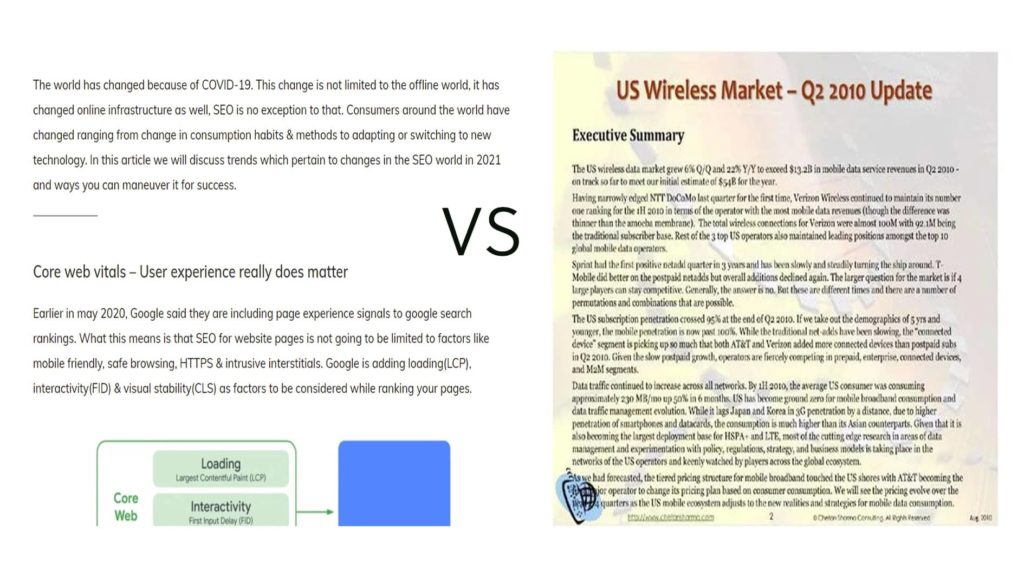
Content with images is a great way to enhance user experience. Adding images will improve readability & sometimes help understand the context for your readers. While adding images make sure you don’t add one at the top of your content page, it will affect readability for the user.
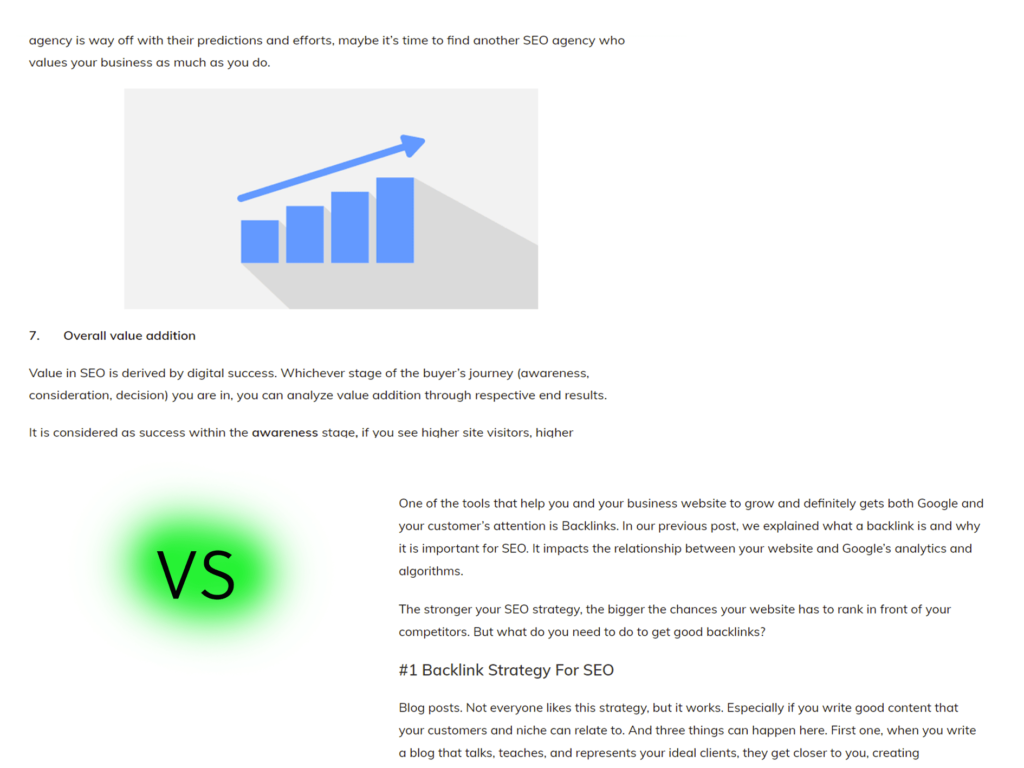
Image optimization
As discussed in the earlier points, images help with readability & explaining context to our readers. The images included in your content should be relevant, optimized & as original as possible (a study from reboot online). To achieve that it is important to follow certain best practices while adding images in your content.
File name for images play a vital role in your on-page SEO strategy. It helps google search for the images and serve as a title for crawlers. (Search engine watch)
As technology is growing exponentially, accessibility is an important aspect of all-inclusive technology. Adding alt text helps people with disabilities to access your site’s pages & also help Google search engines to understand what the image is about, as they cannot see your images.
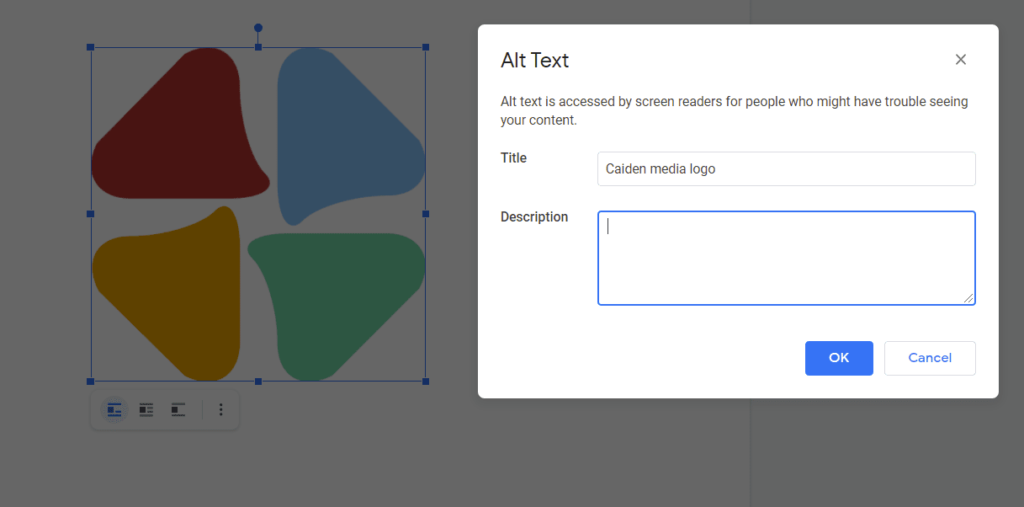
Duplicate images are good to use as they save time, but if you want extra traction on your website, using original images increase your chances of ranking higher in search engine results.
URL
User experience has been Google’s focus year after year now. From URL structure to the footer, everything is important to optimize for best practices. In search results, URL’s are displayed above the title. Google will read your URL’s based on your navigation & length of the URL.
(picture of a URL search example)
While creating a URL for your content webpage, keep it concise, so that your URL is easy to read and tells also explains what it consists of. Remember to add a keyword to the URL as well for additional optimization of the webpage.
Keyword Research
Google is very serious about user experience. They have introduced new technologies and enhanced existing ones to give their users the best experience possible. They have incorporated AI, machine learning, updated algorithms, EAT principle, and more to do so. This is an indication for content creators to understand their user or consumer thoroughly and work your way back towards other aspects.
While understanding your consumer, you have to study them deeply by categorizing and analyzing their demographics, psychographics & behavioural factors. To understand your target consumer better you can use tools like google search console, Google analytics, Google keyword planner, Google trends, Quora, etc. These tools will help you understand which keywords your consumer is using to search for your industry related queries or terms. You can also use HubSpot’s persona creator to create your target audience’s persona. Only after this step you should figure out your keyword strategy.

If ‘Content is King’, then keyword is the prince in this scenario. Understanding your consumer will help you target short, or long-tail keywords based on the scale of your business. Optimum use of these keywords will go a long way and help you rank better in SERPs, as you will know your consumer’s intent and also be able to answer those questions imminently. This will help you have a sustainable long-term content & keyword strategy, which will directly benefit your on-page SEO efforts.
Links
When writing content, links are very important. They help you establish authority in the eyes of a search engine (hypothetically). There are two types of links you can include with your content.
Internal links are link from your own website pages. These links will help you build authority for your own website and also educate your consumers about other aspects you have expertise in. For best practices, use links from high authority pages from your site to increase searchability.
External links are links from other websites who have established high domain authority. These links help search engines understand the subject of the content. It also helps you build authority for your webpage with the help of their expertise.
User Experience
With Google’s growing focus on the end user, businesses have to adapt to enhance their audience’s experience. Considering aspects like readability, speed, size, etc. has affected the algorithms for search engines. Once you create your content based on your content strategy & keyword strategy, there are certain secondary attributes you can work on to improve on-page SEO.
Google’s core web vitals suggest that your page loading speeds are important when it comes to ranking of your webpage. Loading speeds are deeply affected by the size of the page, image or video size, ads & server strength. You can improve page loading speeds by compressing images, writing concise content, and choosing a strong server.
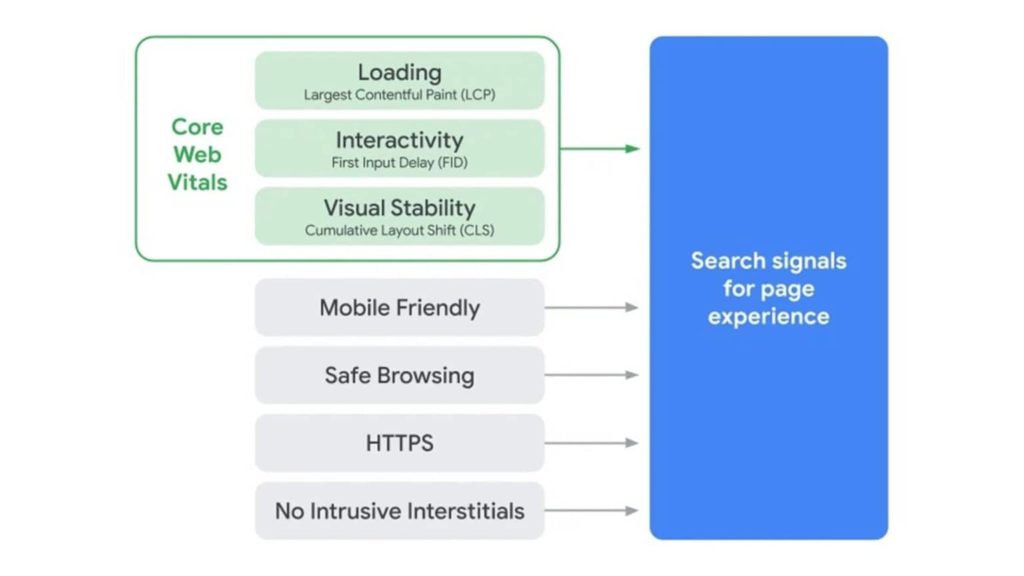
If you believe that all your consumers read through your content holistically, high chances that you’re wrong. Most readers skim through the content. Therefore, readability is important when you publish your content, it enhances user experience and is preferred by Google. You can do this by adding white space in your content rather than crunching the paragraphs, you can also bold the important points in your paragraphs to indicate importance & use bullet points.
Other aspects to include in your on-page SEO would be adding a site map & robots.txt in your content. Sitemaps will help your website have a clear navigation, which results in better rankings. Use breadcrumbs list, maintain hierarchy, use text instead of buttons & avoid using JavaScript for navigation to be on top of your efforts. Also add robots.txt to specify which sites you would want Google to index and which otherwise. This will help you avoid indexing sites with broken links & remove pages with temporary penalties.
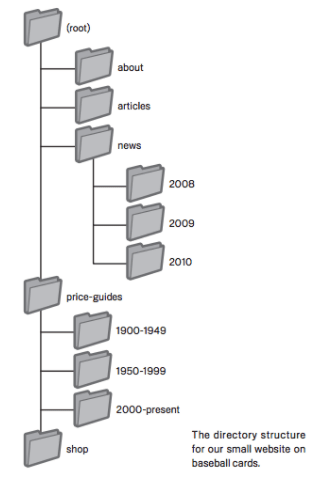
Become future-ready!
As a business who wants to succeed in the long run you must account for the upcoming trends to stay up to date. When we talk about being ready in terms of on-page SEO. Consider the algorithmic changes, technological improvements, and trending services to stay on top of your game. For 2021 we recommend you maximize your efforts with,
Voice search, as it is one the fastest growing mode of search results. To be prepared for it you must consider the context of searches. People tend to have a conversation with the assistant rather than just typing a word. Instead of typing chicken recipes, they say “Hey google, suggest me a chicken recipe”. This means basing your keywords and your content based on search intent of your consumers.
Video has gained tremendous popularity in recent times. This is likely due to covid-19 and rising screen times by consumers. According to a HubSpot study, 87% wanted brands to post more videos. If you haven’t thought about creating & posting videos for your business, now is the time.
Algorithmic & technological updates like core web vitals, BERT, E-A-T principle, use of AI, machine learning, etc. are vital to keep your business up to date in 2021.

Considering these factors will help you get your website to rank higher. By doing these best practices, you will be able to improve your on-page SEO game. But keep in mind that this is no shortcut to success, on-page SEO will take time, but patience will take you a long way in this game.
Want more out of your on-page SEO efforts? Let us buy you a free coffee and show, how we can help your business.
